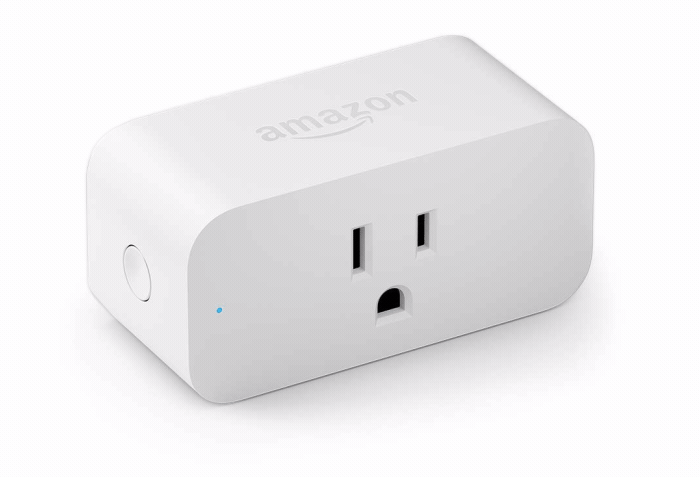Happy International Women's Day & Research Update 1

Now on to a research update. So far three themes seem to be emerging:
I don't think a device made as an assistant – made “to serve” can be feminist. Surprisingly though I found myself alone in this belief in a discussion in last week’s class. I suppose I feminism needs to be defined. To me feminism is about equality – and if 3 out of 4 digital assistants are female – and placed in this subservient position, then no – that’s not feminist! Also, these devices don't have agency.
This is a huge trend apparently and feeds into my research from my 2018 MFA thesis about human reliance on robots for empathy. Technology is training us to be alone, we then perceive loneliness and isolation, and subsequently dig deeper into an unrequited technological sync hole of meaningless communication with DIGITAL assistants.
Strangely, I find all research roads are connected. I think it has something to do with opening your mind to ideas and then you start to see those ideas or related ideas everywhere.
I’ve been contemplating buying an Echo so I can get a greater understanding of the subject. I’m not sure that’s required though. I have Siri on my phone, iPad, and computer… although I turned her (it?) off. Maybe that’s enough – although Alexa seems to be winning the cloud-based Intelligent personal assistant war.
We've been exploring quite a lot of theories in class and I've decided to try to summerize or research some of these in each of the last five blog posts.
Material semiotics is less a theory than it is a set of tools, 'sensibilities and methods of analysis that treat everything in the social and natural worlds as a continuously generated effect of the webs of relations within which they are located (Law).
Actor-network theory assumes that nothing has reality or form outside the enactment of those relations. Its studies explore and characterize the webs and the practices that carry them. Like other material-semiotic approaches, the actor-network approach thus describes the enactment of materially and discursively heterogeneous relations that produce and reshuffle all kinds of actors including objects, subjects, human beings, machines, animals, ‘nature’, ideas, organizations, inequalities, scale and sizes, and geographical arrangements (Law).
In Sergio Sismondo’s article, Science and Technology Studies as an Engaged Program in the Third Edition of The Science and Technology Handbook, he writes a brief history of STS including a more detailed explanation of Actor-network theory. He begins by explaining the theories that came before Actor-network theory (ANT) such as the “strong program” which starts from a commitment to naturalist explanations of scientific and mathematical knowledge, to investigating the causes of knowledge.
Sismondo then goes on the explain the transfer of concepts from the study of science to the study of technology in Trevor Pinch and Wiebe Bijker’s 1987 article, Social Construction of Technology wherein they argue that the success of a technology depends on the strength and size of the groups that take it up and promote it. Although somewhat controversial, SCOT points to contingencies in the histories and meetings of technologies, contingencies on actions and interpretations by different social groups.
Sismondo states that ANT further broadens previous frameworks by representing the work of technoscience as the attempted creation of larger and stronger networks. Actors, or more properly “actants,” attempt to build networks we call machines when their components are made to act together to achieve a consistent effect, or facts when their components are made to act as if they are in agreement. Distinctive to ANT is that the networks are heterogeneous, including diverse components that span materials, equipment, components, people, and institutions.
Good mind map on Actor-network theory
Law, John. “Chapter 7 - Actor Network Theory and Material Semiotics.” The New Blackwell Companion to Social Theory, Wiley-Blackwell, 2009, pp. 141–158.
